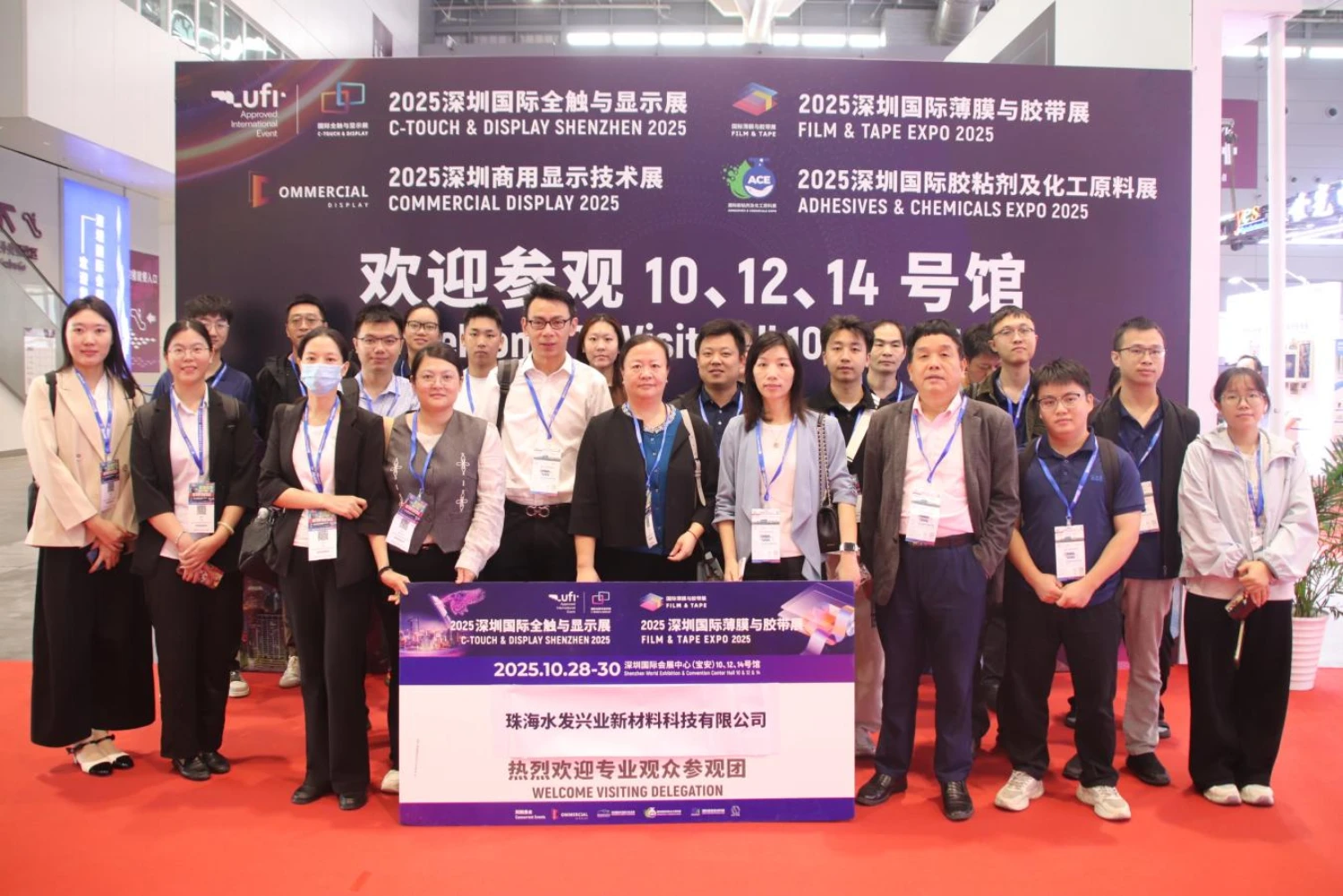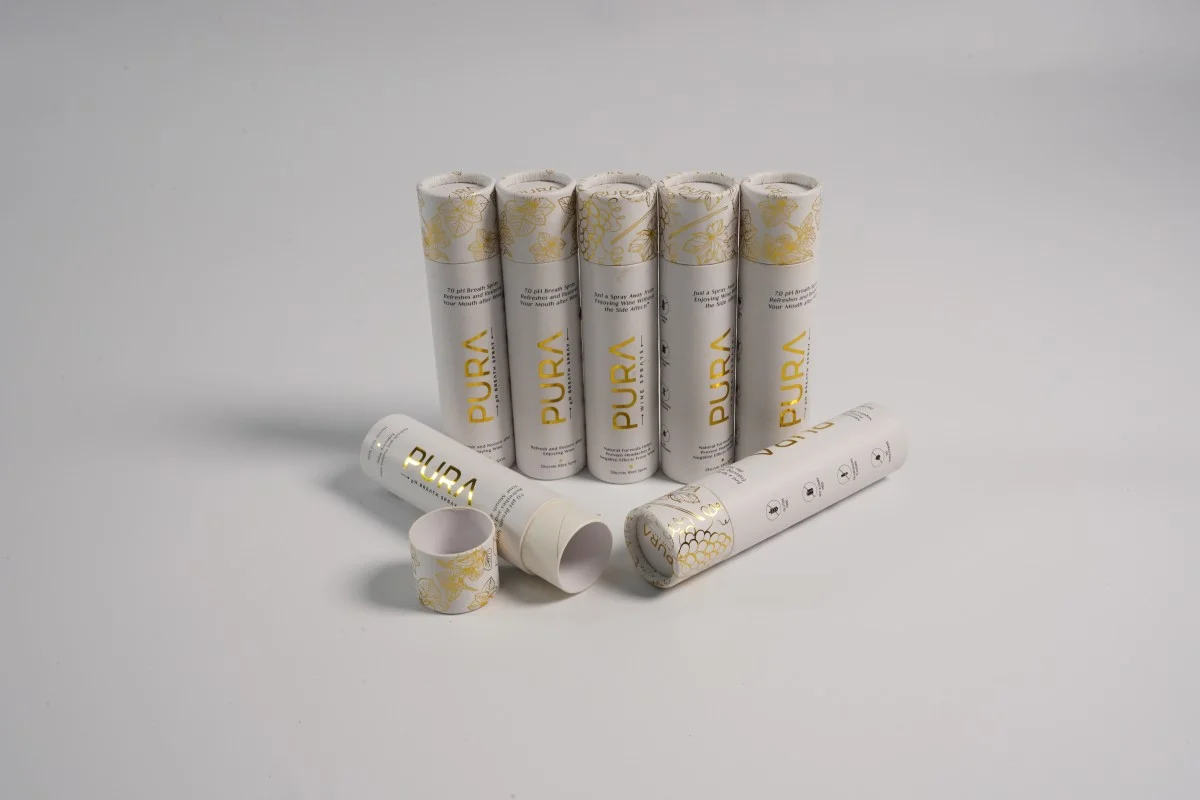In recent years, the global push for sustainable practices has led to the rise of biodegradable packaging as an alternative to traditional materials. While biodegradable packaging offers numerous benefits, it is essential to acknowledge its disadvantages to ensure a comprehensive understanding of its impact. This article aims to delve into the drawbacks of biodegradable packaging, shedding light on the challenges that accompany this eco-friendly solution.
- Limited Shelf Life:
One significant disadvantage of biodegradable packaging is its limited shelf life compared to conventional packaging materials. Biodegradable materials, such as plant-based plastics, tend to degrade more rapidly when exposed to moisture, heat, or light. This can pose challenges for industries that require longer shelf lives for their products, such as the food and beverage industry. Balancing sustainability with the need for extended product preservation remains a crucial challenge. - Higher Production Costs:
The production of biodegradable packaging often involves more complex manufacturing processes and the use of specialized materials. As a result, the cost of producing biodegradable packaging can be higher compared to traditional packaging options. This increased cost may deter some businesses, particularly small-scale enterprises, from adopting biodegradable packaging solutions. Striking a balance between environmental responsibility and economic feasibility remains a key challenge in the widespread adoption of biodegradable packaging. - Limited Recycling Infrastructure:
While biodegradable packaging is designed to break down naturally, it still requires proper disposal to ensure its environmental benefits. However, the infrastructure for recycling biodegradable packaging is not as developed as that for traditional packaging materials. This limitation can lead to confusion among consumers regarding the appropriate disposal methods, potentially resulting in improper waste management practices. The establishment of comprehensive recycling systems for biodegradable packaging is crucial to maximize its environmental advantages. - Land and Resource Requirements:
The production of biodegradable packaging materials often requires significant land and resource usage. For instance, the cultivation of crops used in plant-based plastics may compete with food production or contribute to deforestation if not managed sustainably. Additionally, the extraction and processing of raw materials for biodegradable packaging can have environmental impacts. Striking a balance between the demand for biodegradable packaging and responsible resource management remains a challenge that requires careful consideration.
Conclusion:
Biodegradable packaging undoubtedly offers numerous environmental benefits, but it is essential to recognize its disadvantages to make informed decisions. The limited shelf life, higher production costs, limited recycling infrastructure, and land and resource requirements are challenges that need to be addressed for the widespread adoption of biodegradable packaging. By acknowledging and actively working to overcome these drawbacks, we can strive towards a more sustainable future without compromising on functionality and economic feasibility.






+ There are no comments
Add yours